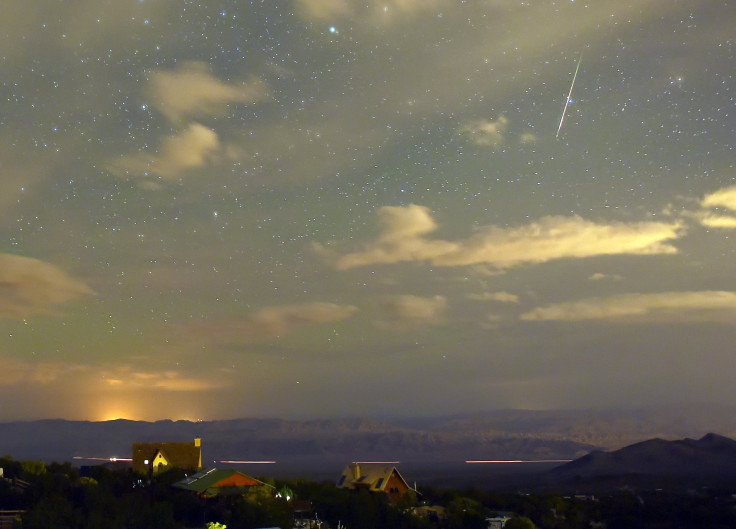WATCH: Meteor Lights Up Night Sky Over Norway; Search For Space Rock Underway
KEY POINTS
- The meteor was seen from as north as Trondheim in Norway
- An expert said it was likely a "spooky" experience for those who were close to it
- Experts are looking for a meteorite that may have fallen to Earth
A meteor lit up the night skies over southern Norway early on Sunday, with several cameras capturing the stunning display. Researchers are now searching for its parts that may have crashed down to Earth.
Reports about the phenomenon began pouring in at about 1 a.m. Sunday, Reuters reported. It was seen from as north as Trondheim.
Footage of the event captured by various cameras showed the light of the meteor erupting in a bright flash for a brief moment. One video even captured the meteor as it shot across the sky.
A still capture from Oslo showed the brief moment that the surrounding areas looked as though it was in the middle of the day because of the meteor's bright light.
A search is on for an unusually large #meteor that may have landed near Oslo, #Norway. https://t.co/kVPT0MQuuk pic.twitter.com/1sW1lpKmPg
— Steve Herman (@W7VOA) July 25, 2021
About a minute after the sightings, there were reports of a "loud rumbling sound" about 62 miles from where the meteor was seen, Norwegian Meteor Network spokesperson Steinar Midtskogen told CNN. Some close to the area also reported a "shock wave." However, there were no reports of damages related to the event.
"Doors and hatches were blown open and there were gusts of wind," Midtskogen told CNN.
The Norwegian Police received a "flurry" of emergency calls following the event, while some campers reported a "large explosion" over their heads, BBC reported.
Morton Bilet, also of the Norwegian Meteor Network, said it might be a "spooky" experience for those who were closest to it.
"An interesting finding in the analysis is that the meteor does not appear to have originated in the asteroid belt between Mars and Jupiter, as the vast majority of meteors have," the Norwegian Meteor Network wrote on its website.
Instead, its orbit was likely in the "innermost solar system," Midtskogen told CNN.
Data and video footage suggest that a meteorite may have fallen in a wooded area, known as Finnemarka, which is just about 40 miles west of Oslo. The Norwegian Seismic Array (NORSAR) even "recorded the airblast hitting the ground as a seismic event," Midtskogen told CNN.
A team of experts is already looking for the meteorite. Given the "demanding" location, it could take "some 10 years" to search for possible space rocks, Bilet said.
Because of the meteor's orbit, any finding would be "especially exciting for science," the Norwegian Meteor Network wrote. The agency is encouraging hikers in the area to be on alert and report if they come across "special stones" found lying in places "where they don't belong."

© Copyright IBTimes 2025. All rights reserved.






















